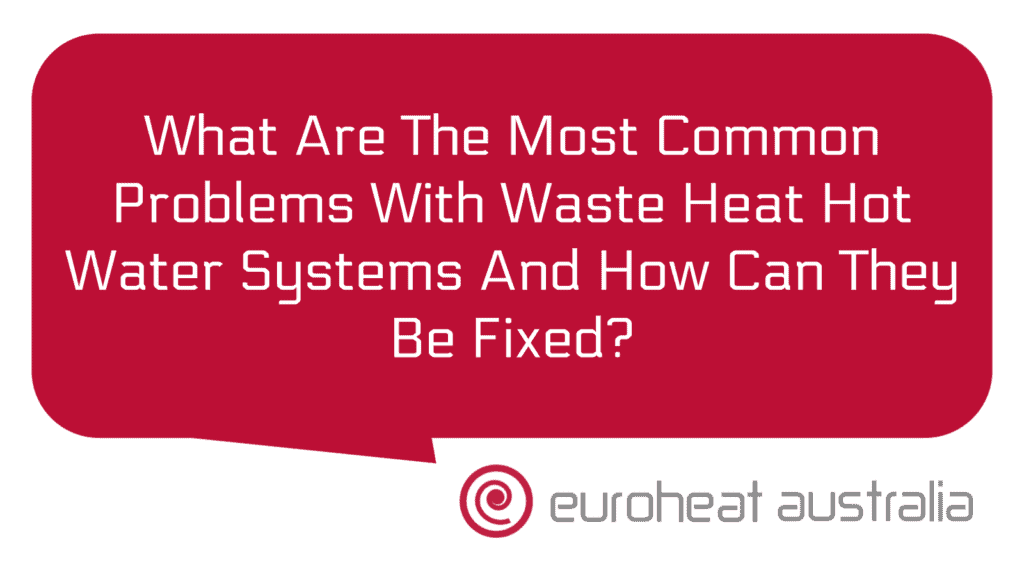Are you experiencing problems with your waste heat hot water system? If yes, you’re not alone. Waste heat hot water systems are extremely popular in Australia, but unfortunately they can be prone to a range of common issues. In this article, we’ll take a look at the most common problems associated with waste heat hot water systems, and how to go about fixing them.
One of the most common problems people encounter is the build-up of calcium deposits in the pipes or radiators of their system. This leads to reduced efficiency and ultimately higher energy bills as the system has to work harder to heat up your home. To prevent this from happening, you should regularly flush out your system with a special solution designed for this purpose. Doing so will help maintain the overall efficiency of your system and reduce your energy bills in the long run.
Another common problem people face is leaking pipes or radiators which can be caused by corrosion or damage incurred over time by normal wear and tear. If left unchecked, this can result in considerable water damage to your home, so it’s important to address any leaks quickly and effectively. The best way to do this is by identifying where the leak is coming from and either replacing or repairing it yourself or calling in a professional engineer who can help you assess and fix any piping issues you may have.
A third issue that often arises with waste heat hot water systems is inadequate insulation which results in heat being lost through the walls and floors of your home. Installing high-quality insulation material around pipes and radiators can help prevent this from happening, as well as ensuring that all air gaps between doors or windows are sealed correctly so that no heat escapes unnecessarily.
Finally, one of the best ways to improve the efficiency of your waste heat hot water system is by installing a Heat Recovery System (HRS). This type of system captures wasted energy from warm exhaust air produced by heating systems such as boilers or furnaces, which would otherwise be lost through ventilation systems or chimneys. By capturing this wasted energy before it escapes into the atmosphere, an HRS helps reduce both energy costs and CO2 emissions while also increasing comfort levels within your home by providing more consistent temperatures throughout all seasons.
On top of these benefits, installing an HRS also helps extend the life of other components such as boilers or furnaces since they no longer have to work as hard to produce enough warmth for optimal comfort levels indoors – thus reducing maintenance costs over time as well!
At Euroheat Australia we specialise in designing & constructing hydronic heating & cooling systems with 30 years experience so if you’re thinking about installing an HRS then please don’t hesitate to contact us today for a free consultation on how we can best meet all your requirements! We offer design services tailored specifically for Australian homeowners who want reliable solutions that will save them money in terms of both energy costs and maintenance fees – we guarantee you won’t be disappointed!





